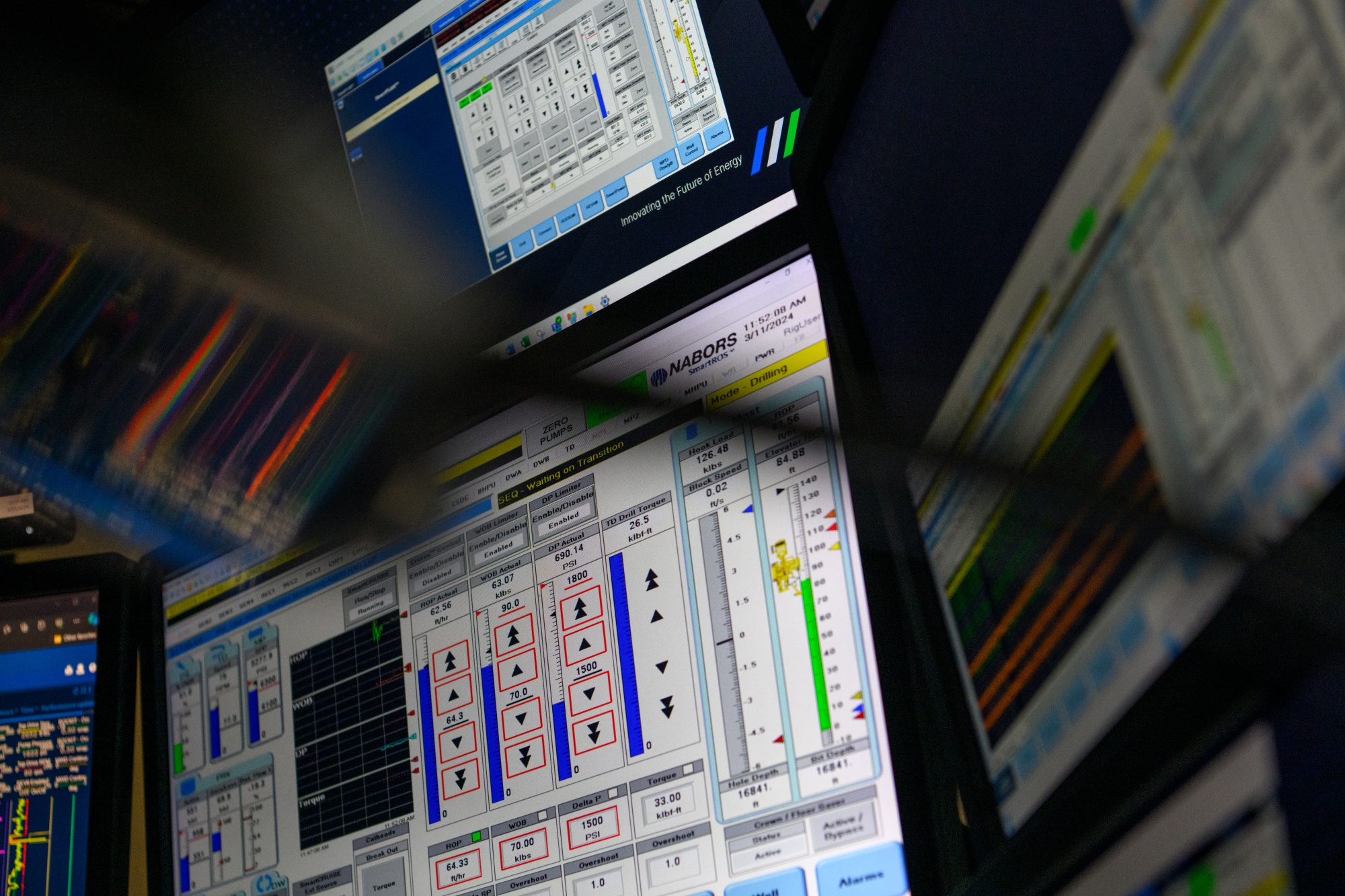
If you’re looking for a word to sum up this year’s CERAWeek by S&P Global, try this one: demand.
Whether they were discussing oil, gas, power or renewables, speakers at the giant Houston talkfest were optimistic about consumption.
Any debate about energy these days is often presented as a choice between fossil fuels and low-carbon alternatives, but it’s becoming clear that right now the world needs all of the above.
In part, that’s about economic growth. The US appears to be in rude health, and President Joe Biden’s push for reindustrialization is energy-hungry. India is expanding rapidly, and even China, where the property sector remains troubled, looks better than feared.
Take oil. Less than three months into 2024 and demand expectations are already being revised higher, helping drive a modest rally in prices.
“The US economy, in particular, has surprised to the upside,” Saad Rahim, Trafigura Group’s chief economist, said in an interview. “Oil demand is performing better than expectations.”
But it’s power that really dominated the conversations at the Hilton Americas-Houston hotel.
The energy transition was always going to be electricity-heavy as people trade internal combustion engines for EVs and swap gas boilers for heat pumps. But the artificial intelligence revolution potentially adds rocket fuel to demand.

One eye-popping forecast touted this week: By 2030, the surge in AI means US data centers may gobble up more power than households.
Despite the boom in solar power, it’s unlikely renewables can handle that. At the very least, that means existing fossil-fuel generators stay online longer and more gas-fired output probably will be required in the US and elsewhere.
“With this huge revolution around artificial intelligence, I think the energy needs are going to be enormous,” ConocoPhillips Chief Executive Officer Ryan Lance told the conference.
Getting carbon out of the world’s energy supply by midcentury was always a tall order, but the buoyant demand outlook across all parts of the system today shows just how hard that’s going to be.
Key CERAWeek takeaways
Big Oil presented a confident front in Houston. Saudi Aramco CEO Amin Nasser set the tone Monday by forecasting years of rising fossil-fuel consumption while knocking the energy transition.
The oil market appears to be tighter than forecast at the start of the year. And there was genuine concern about the impact on fuel supplies from drone strikes on Russian refineries.
Exxon Mobil Corp. boss Darren Woods said he has no plans to elbow aside Chevron Corp. and buy Hess Corp. But questions remain about the Exxon-Chevron dispute over Guyana.
The dramatic projections for power consumption from data centers prompted energy companies — including gas and pipeline operators — to confer directly with technology firms.
US Energy Secretary Jennifer Granholm said the pause on issuing licenses for new liquefied natural gas export terminals “will be well in the rearview” a year from now.
–Will Kennedy and Simon Casey, Bloomberg News
Share This:




